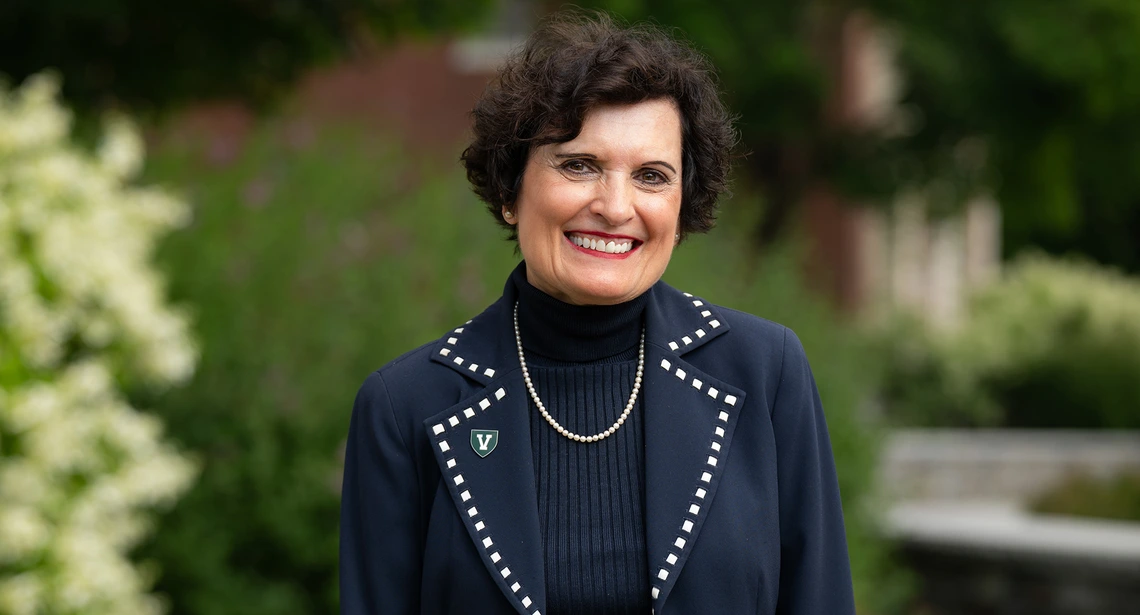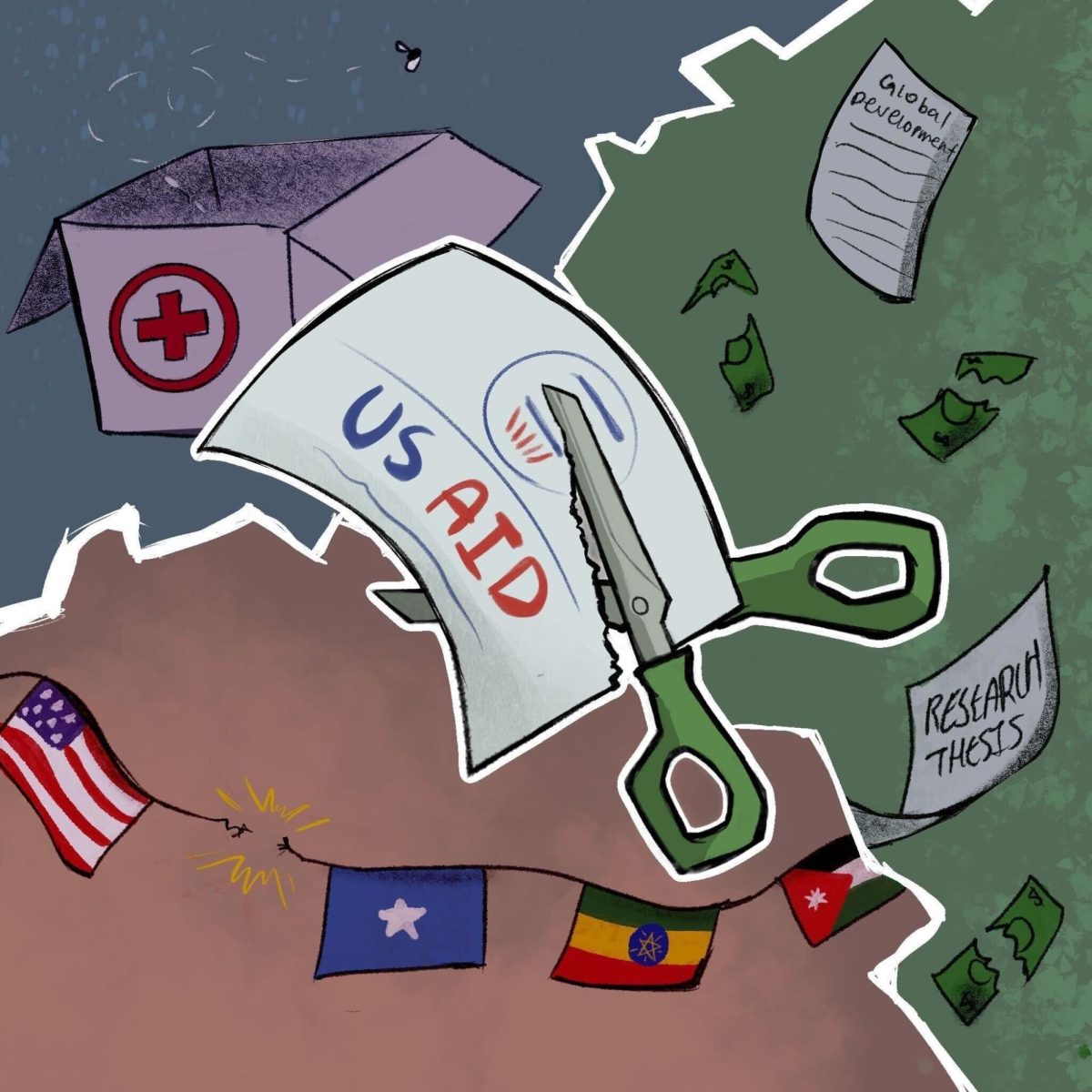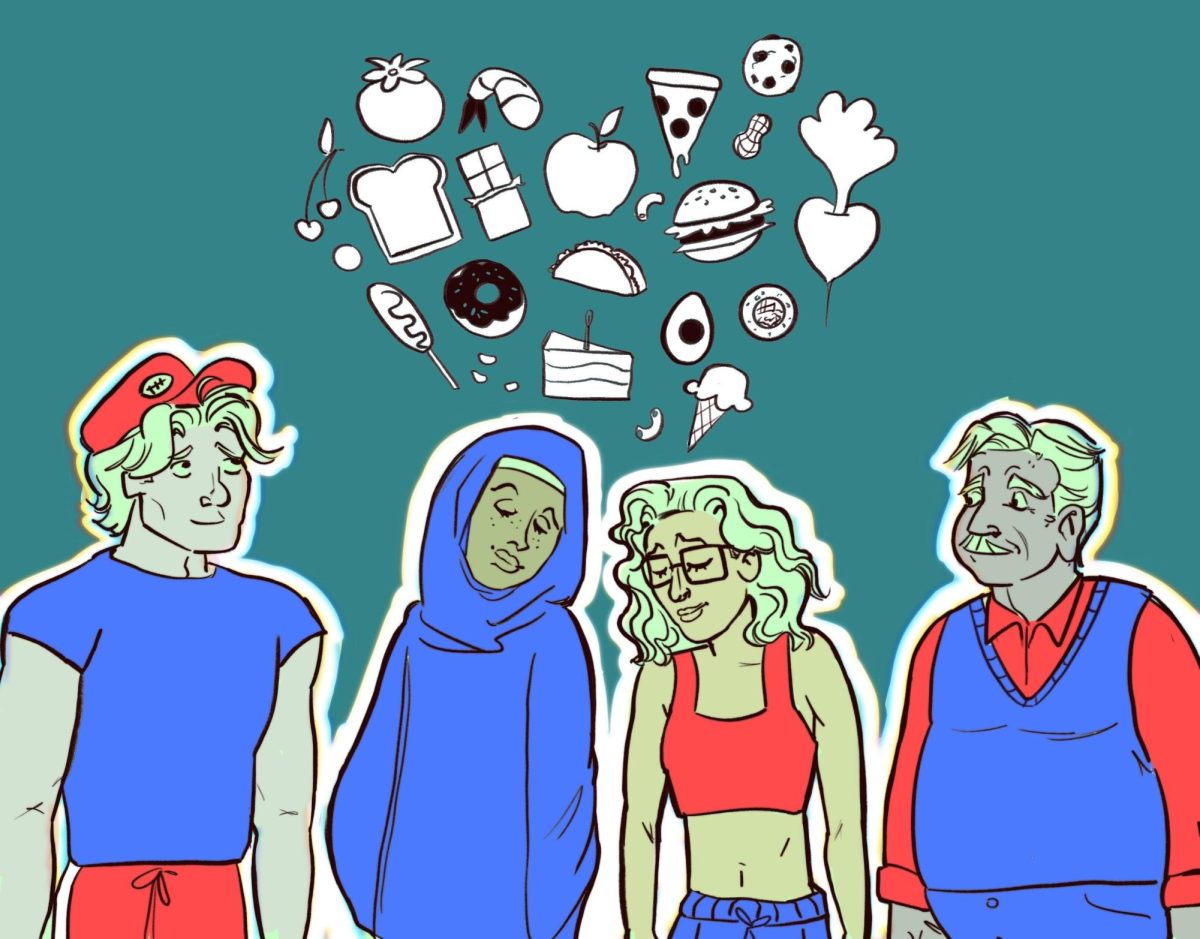ASUA is developing an online scholarship service to help students find the right scholarships.
Every year, students are asked to pay a $40 student services fee. A small portion, between 3 and 5 percent, of that fee is being used to establish an online scholarship service that cuts out the middle man and narrows your search for the right scholarships.
The online database uses students’ personal information to match them with the best scholarships quickly.
But the fee will never be used to provide students with money.
“”Really, at no point will the purpose of the project be to hand out money to students,”” said Rebekah Salcedo, program coordinator for the Student Scholarship Services Project. “”We’re showing students how to get money,”” Salcedo said.
This may not make students feel better about having to pay the fee, but Salcedo believes this project will bring in more money for students in need, which will far outweigh any operational costs.
“”If we can direct UA students to scholarships that they actually have a better chance of receiving, they will bring in more money,”” Salcedo said.
Some students are not convinced that their service fees should be spent on this database.
Justin Fanus, a vocal studies freshman, feels students should not have to pay the fee if they don’t plan to use the service. He suggests making the fee optional.
Andrew Cleaver, a vocal music education sophomore, compares paying for the database to paying social security. He says students are required to pay the fee but most likely won’t ever see that money or get it back in the future.
However, students like elementary education freshman Tia Goetsch believe the program is a valuable resource that will benefit students. Goetsch is currently receiving scholarship aid from the Free Application for Federal Student Aid.
“”I’m from a low-income family, so all the help I can get is definitely worth it,”” Goetsch said.
Goetsch and Cleaver do, however, share the idea that there needs to be more advertising for the service.
Cleaver said that some of the money for the scholarship program should be used for advertising.
Goetsch suggests using table toppers to advertise the service and to include a tab on the university Web site to let students know the scholarship program is available.
Despite mixed reviews, the Student Scholarship Services Project will begin in February as a service that will provide a list of available scholarships. Program leaders hope to have the database fully functional by fall 2010.







